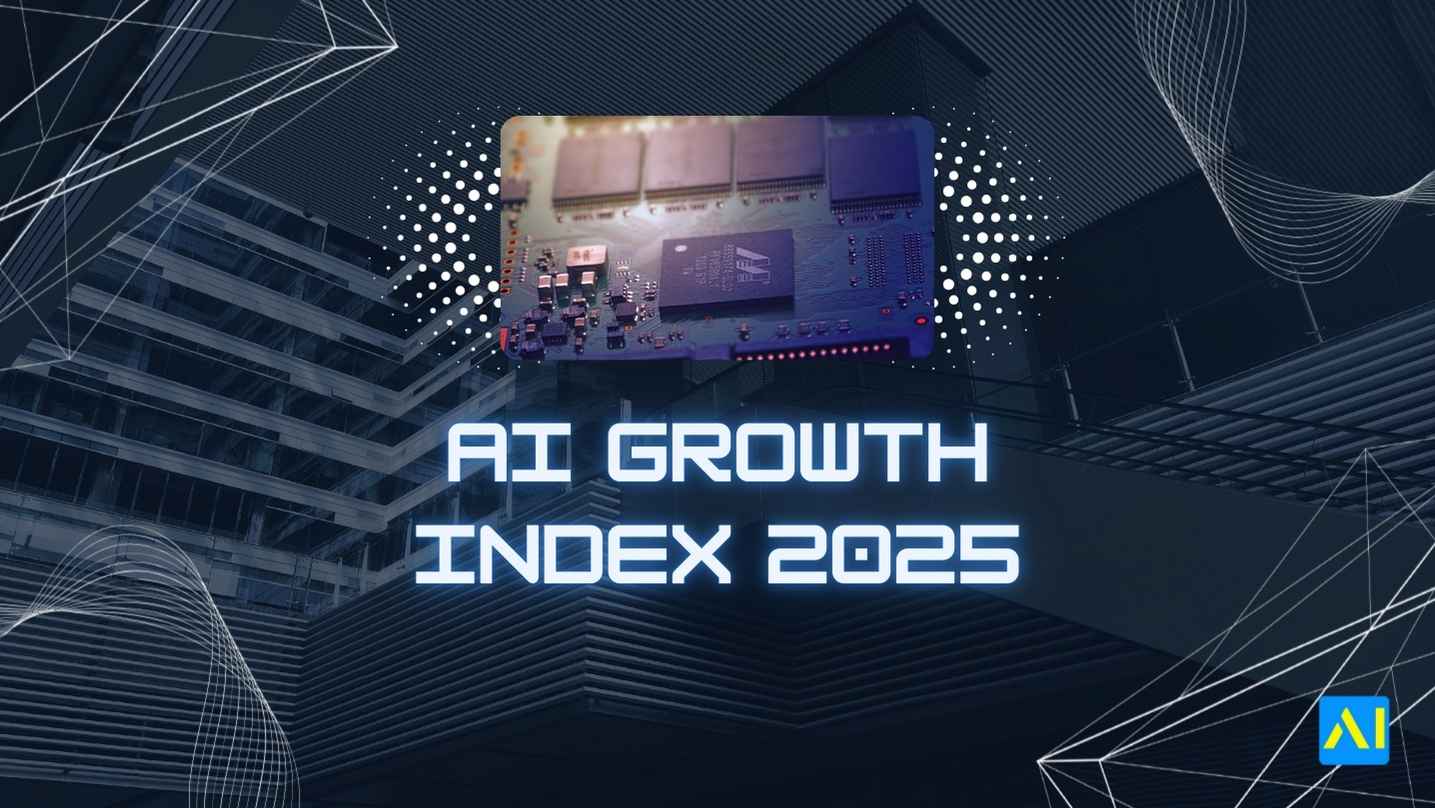The AI Index Report is like a yearly checkup for artificial intelligence growth. It is published annually by Stanford’s Human-Centered AI Institute, providing a broad overview of how AI is changing the world.
The report addresses research, industry, government, and public sentiment. Essentially, the AI Index Report is an all-in-one snapshot of what is truly happening versus all the noise.
Research & Development
The AI research and development landscape is on fire. The number of AI academic publications more than doubled from approximately 102,000 in 2013 to over 242,000 in 2023 with almost a 20% increase in the past year alone.
At the same time, industry is taking over nearly 90% of the most noteworthy AI models come from private companies this year, a noticeable increase from just 60% of the notable models produced from private industry last year.
The demand for computing power is increasing at an unbelievable rate. Training power for advanced model development is doubling approximately every five months and dataset sizes are doubling around every eight months.
Each new system requires more and more resources and the trend shows no signs of slowing down.
Industry Growth & Investment
AI is big business. In 2024, the corporate investment in AI hit approximately $252 billion globally, thanks to a 44% increase in private investment and a 12% increase in mergers and acquisitions, compared to the prior year.
Generative AI received a significant share of funding. It received $34 billion in funding globally that year, up nearly 20% from 2023, and now accounts for more than one-fifth of all private AI investments.
In 2024, the US led the world with $109 billion in private AI investment nearly 12 times more than China and 24 times more than the UK. Leading even more so in generative AI where US firms held most of the market share.
Globally, the AI market was valued at approximately $391 billion in 2025, with estimates reaching $1.81 trillion by 2030 and an annual growth rate of approximately 36%.
Global Moves & AI Infrastructure
Global moves are not limited to the U.S. The European Union (E.U.) started a €200 billion initiative called InvestAI and is dedicating €20 billion to create AI gigafactories for GPU and compute.
In addition, over 60 European companies also contributed around €150 billion to that effort to improve AI infrastructure.
There are also big moves in India. Generative AI companies in India raised $524 million in the first seven months of 2025, the highest amount of funding they have received in over five years!
In the U.S., the leading tech companies continue to drive the pace of investment. In 2025, it is estimated that Amazon, Microsoft, Google, and Meta will have invested over $300 billion in AI infrastructure, with Amazon alone investing about $100 billion.
Society & Impact
This report also puts some quantitative analysis into how humans feel about A.I. Survey findings indicate a mixed bag of trust, curiosity, and concerns about A.I.
Here after collecting data from multiple survey’s and their out come I’ve gathered some data:
There are many who view A.I. as an opportunity for advancement, but there are also many respondents with concerns about job disruption and being treated fairly.
Media coverage of A.I. has also exploded in recent years. While A.I. was previously a niche topic found mostly in academic journals, it is now everywhere in the news, social media discussions, and examples in popular culture (including movies, television, and books). This is a clear sign of how enveloped artificial intelligence has become in everyday life.
So what?
The AI Index Report matters because it offers real numbers to incorporate into all of the headlines. It shows you exactly where A.I. is advancing, how much money is flowing into A.I. investments, and how government and private sector actors are responding. It helps remove hype from real significance and sheds light.
For business, it highlights where opportunities are and competition is brewing. For researchers, it showcases where the investment is in research. For policy makers, it details how the global players are moving. And for the public, it is a way to inform how every day daily life is impacted by A.I.
The AI Index, being a merger of research, business, government, and popular culture, provides one of the most comprehensive portrayals of the landscape for artificial intelligence.

